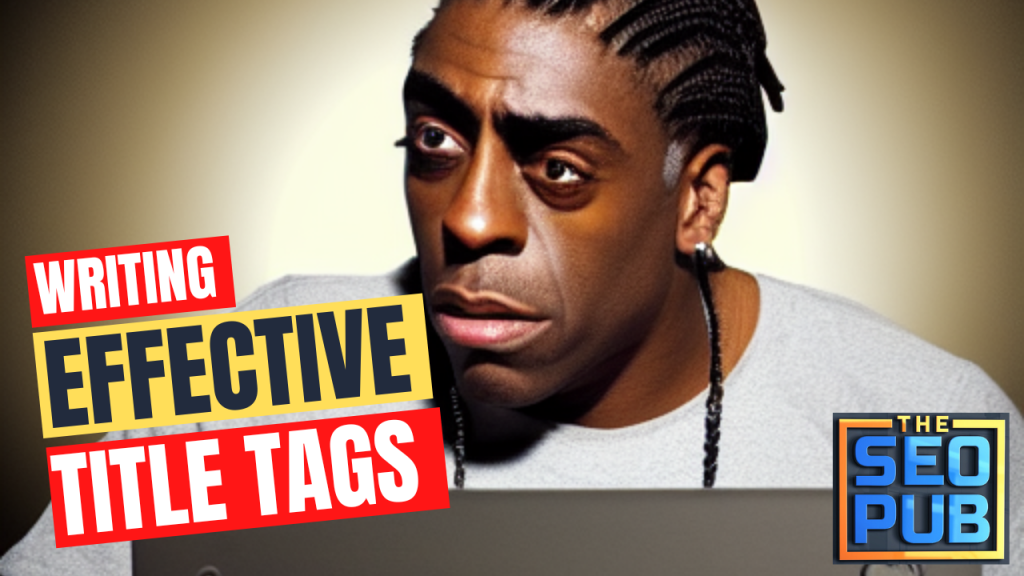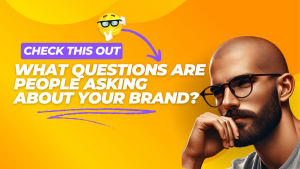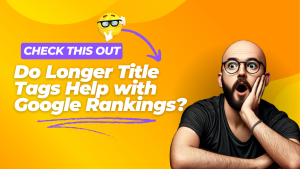
R.I.P. Coolio.
Title tags are arguably the most important aspect of on-page SEO. They are not something you want to take lightly or gloss over.
I have 3 things I always try to keep in mind when creating title tags on client sites.
1) Do not shy away from your brand.
I am a very big proponent of building a known and recognizable brand. Building a strong brand makes everything to do with SEO easier.
I make an effort to include the brand name in title tags. I know some SEOs will drop the brand name so they can squeeze in more keywords or add an extra catch phrase. I want my brand name to be that catch phrase, so to speak.
Adding your brand name to title tags can give some extra visibility and name recognition.
Would I put it first? If I was Amazon or Apple, probably. Short of that, I add the brand name on the end of the title tag.
2) Start with your primary keyword.
I was recently auditing a blog on a website. They were using these creative, eye-catching titles. The problem was that even when they did include keywords, they were almost always at the end.
Some examples:
Knowledge Engineering: How to Build A Knowledge Base for You and Your Team
primary keyword: how to build a knowledge base
Reaching Flow State by Reducing Context Switching
primary keyword: how to reduce context switching
Utilize The Right Incentives to Build Better Habits
primary keyword: how to build better habits
From a copywriter’s perspective, these titles are not bad. They may peek someone’s curiousity, but they are not going to help you rank for your target keywords or topics.
Again, your title tag is a powerful on-page indicator. Make it clear to search engines what your page is about. Lead with your primary keywords.
We swapped these into:
How to Build a Knowledge Base for Your Team | Brand
How to Reduce Context Switching and Reach Flow State | Brand
How to Build Better Habits by Using the Right Incentives | Brand
Two of them were indexed last week and we immediately saw the keywords jump from page 2 to the top 8. The third one hasn’t been picked up yet.
3) Do not get hung up thinking about CTRs.
This somewhat ties into the above point. I have had many discussions with SEOs, web designers, marketing teams, and anyone else with their hand in the pot for a website about title tags, and there always seems to be someone who wants to focus only on creating eye-catching headlines for title tags that are sure to get people to click on them.
Fairly frequently, these are individuals with a background in Google Ads or someone currently running ads.
Writing title tags has some similarities to writing headlines for Google Search Ads, but they are not the same thing. The big difference is that CTR absolutely should be a primary focus with Google Ads.
It is not that CTR is not important for your title tags, but with Google Ads, if my ad is not being shown enough, I can raise my bids until I am consistently number 1. Then from there figure out what works best to get more people to click on the ad.
In other words, my ad headlines do not have a direct impact on my positioning. I can buy whatever positioning I want.
With title tags, you can have the most creative, eye-catching headline ever created, but if nobody ever sees it, then it really does not matter.
Worry about ranking first, then you can decide if you want to tweak things to improve CTR.


